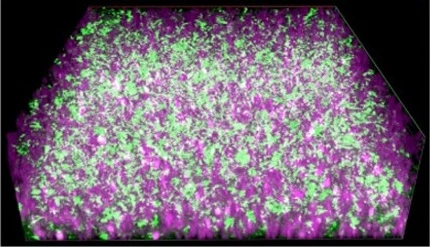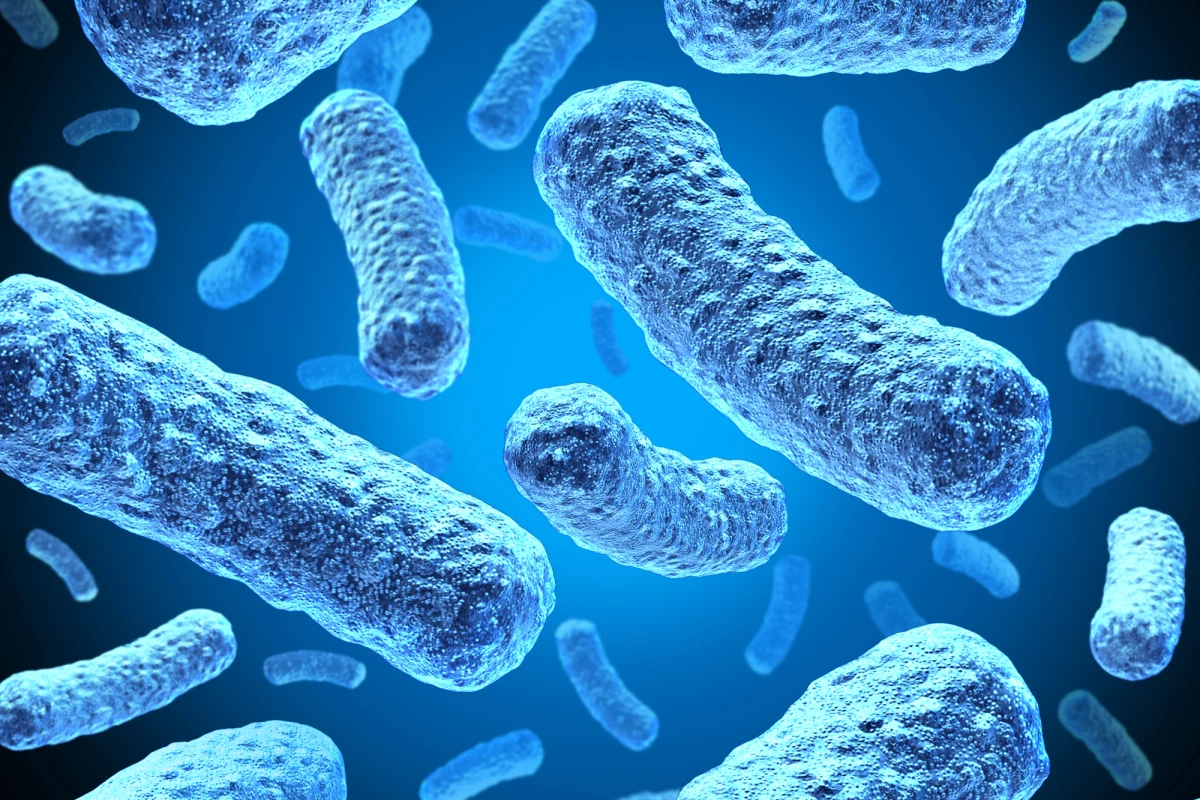Some bacteria are known to produce their own electricity, which could make them useful in batteries and fuel cells. But so far, attempts have been inefficient and inflexible. Now, researchers at Karlsruhe Institute of Technology (KIT) have created a “biohybrid” system built around a hydrogel that can support the microbes while effectively collecting their energy.
The bacteria at the heart of this system are known as exoelectrogens. This family of microbes can produce electrons, shuttle them across their outer membrane and then away from their cell. If we can catch these electrons, exoelectrogenic bacteria could essentially help build living batteries.
But there’s a delicate balancing act to this that previous attempts have struggled to strike. Conductive materials are needed to shunt the electrons to an electrode, but most of these aren’t great for bacteria to live on. Those that are more cosy for life, on the other hand, aren’t efficient conductors.

For the new study, the researchers developed their own material that aimed for the best of both worlds. It starts with a hydrogel, made of carbon nanotubes and silica nanoparticles, which conduct electricity. This is all held together with strands of DNA. Then, exoelectrogenic bacteria are added along with a nutrient-loaded culture medium to keep them alive.
The team found that the bacteria grew well on the material, making their way deep into the pores of the hydrogel. The hydrogel also did a good job of conducting the electricity. The researchers also built in a way to turn off the battery. When the juice is no longer needed, an enzyme can be added, which cuts the DNA strands and causes the material to collapse.
The researchers say that the recipe could be tweaked to change some properties of the material, particularly by changing the size and sequences of the DNA strands.
The research was published in the journal ACS Applied Materials & Interfaces.
Source: American Chemical Society




